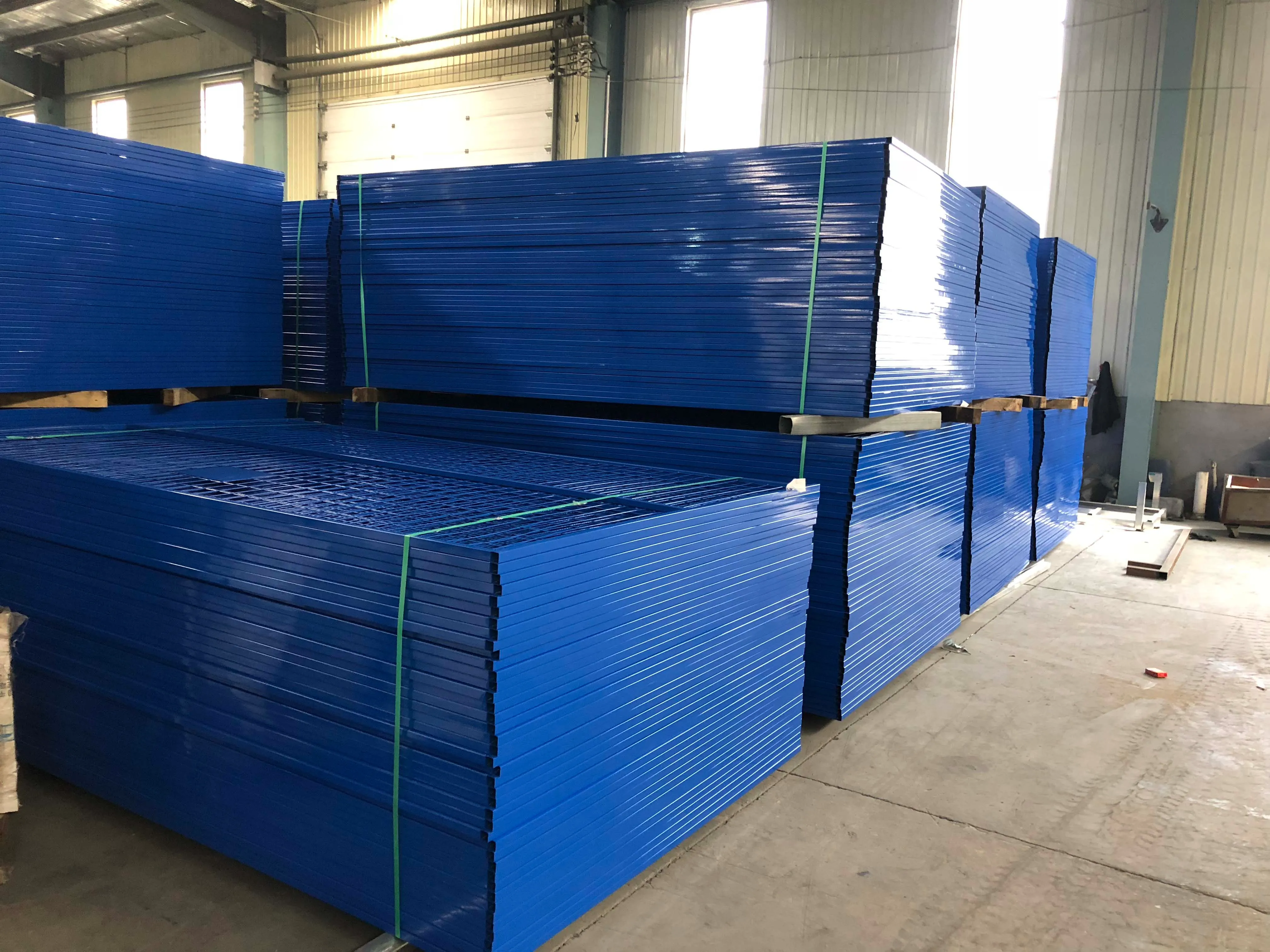
- Afrikaans
- Albanian
- Arabic
- Armenian
- Azerbaijani
- Basque
- Belarusian
- Bengali
- Bosnian
- Bulgarian
- Croatian
- Czech
- Danish
- Dutch
- English
- Esperanto
- Estonian
- Finnish
- French
- Galician
- Georgian
- German
- Greek
- hawaiian
- Hindi
- Hungarian
- Indonesian
- irish
- Italian
- Lao
- Latvian
- Lithuanian
- Luxembourgish
- Macedonian
- Maltese
- Myanmar
- Norwegian
- Polish
- Portuguese
- Romanian
- Russian
- Serbian
- Slovak
- Somali
- Spanish
- Swedish
- Thai
- Turkish
- Turkmen
- Vietnamese
GET A QUOTE
феб . 15, 2025 08:42 Back to list
what type of fencing is best for cattle
Ensuring the safety and well-being of cattle is a priority for livestock farmers, and choosing the right type of fencing is crucial to achieving this goal. With a plethora of options available in the market, it becomes essential to evaluate them based on varied parameters such as durability, cost-effectiveness, maintenance, and the specific breeds and behaviors of the cattle involved. This guide delves into the various fencing solutions available, helping farmers make informed decisions for optimal cattle management.
Barbed wire fencing, a staple across many farms due to its low cost and ease of installation, presents a viable option for extensive ranches. However, caution is necessary, as barbed wire can cause injuries to cattle, especially in tightly packed enclosures or for younger animals prone to curiosity. When employed, barbed wire is best integrated with other fencing types, such as wooden posts or electric wires, to enhance safety while maintaining overall effectiveness. For farmers prioritizing eco-friendliness and sustainability, recycled plastic fencing emerges as a commendable choice. Resistant to weather damage, these fences often last longer than traditional materials and need minimal upkeep. Despite their initial cost being higher, the long-term benefits and positive environmental impact make recycled plastic fencing an appealing option for the environmentally conscious farmer. Lastly, woven wire fencing offers a middle ground between strength and flexibility. It effectively confines cattle due to its intricate mesh pattern, which prevents animals from pushing through and deters predators. When choosing woven wire, opting for high-quality galvanization can protect against corrosion, ensuring the fencing remains reliable over the years. In conclusion, the best type of fencing for cattle hinges on specific farm requirements, including budget, geographical location, and cattle breed. Employing a combination of different fences can often provide a balanced solution, catering to various needs effectively. By considering these factors carefully, farmers can enhance their operational efficiency and ensure the safety and welfare of their livestock, thereby securing their investment for years to come.


Barbed wire fencing, a staple across many farms due to its low cost and ease of installation, presents a viable option for extensive ranches. However, caution is necessary, as barbed wire can cause injuries to cattle, especially in tightly packed enclosures or for younger animals prone to curiosity. When employed, barbed wire is best integrated with other fencing types, such as wooden posts or electric wires, to enhance safety while maintaining overall effectiveness. For farmers prioritizing eco-friendliness and sustainability, recycled plastic fencing emerges as a commendable choice. Resistant to weather damage, these fences often last longer than traditional materials and need minimal upkeep. Despite their initial cost being higher, the long-term benefits and positive environmental impact make recycled plastic fencing an appealing option for the environmentally conscious farmer. Lastly, woven wire fencing offers a middle ground between strength and flexibility. It effectively confines cattle due to its intricate mesh pattern, which prevents animals from pushing through and deters predators. When choosing woven wire, opting for high-quality galvanization can protect against corrosion, ensuring the fencing remains reliable over the years. In conclusion, the best type of fencing for cattle hinges on specific farm requirements, including budget, geographical location, and cattle breed. Employing a combination of different fences can often provide a balanced solution, catering to various needs effectively. By considering these factors carefully, farmers can enhance their operational efficiency and ensure the safety and welfare of their livestock, thereby securing their investment for years to come.
Prev:
Latest News
-
Versatile Sheep and Livestock Hurdles for Sale
NewsApr.14,2025
-
The Rise of BRC Fencing
NewsApr.14,2025
-
High-Quality Cattle and Horse Panels for Sale
NewsApr.14,2025
-
Durable Cattle Fencing Solutions
NewsApr.14,2025
-
Double Wire Fencing Solutions
NewsApr.14,2025
-
360 Degree Protection with 358 Anti-Climb Fences
NewsApr.14,2025
Related Products









